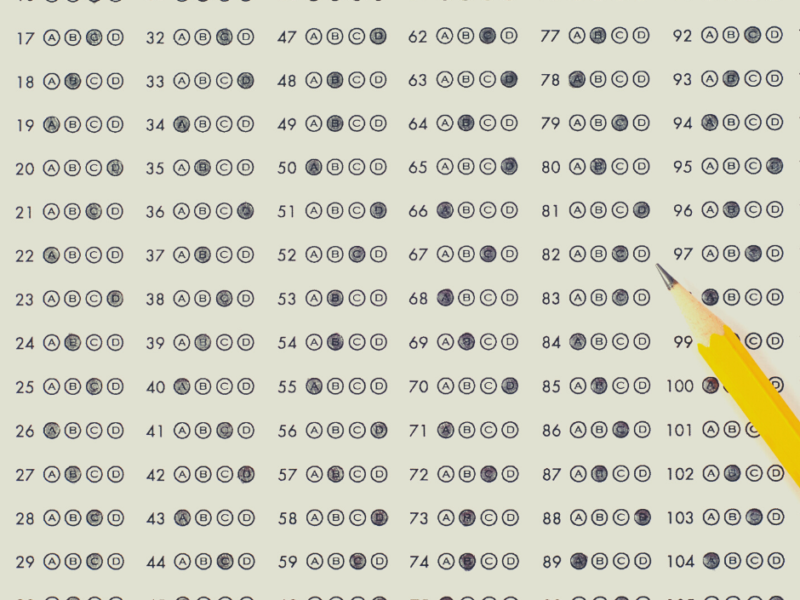In the world of language and writing, many terms get thrown around almost interchangeably. Homeschool moms search for everything from language arts, grammar, and writing curriculum, but sometimes don’t quite understand how they fit together and the purpose of each subject.
Do you want your child to identify nouns and verbs? Why? They seem to be adept at forming sentences from an early age, without having any idea the definition of a noun. Spoken language is quickly learned and used effortlessly by our children, so what is our goal when choosing a grammar program?
 Ultimately, it is for our children to competently and correctly compose written communication that follows accepted usage. We want them to write well and intelligently. So what should we expect and find in a homeschool grammar program that will help our children reach the goal of thoughtful and correct writing?
Ultimately, it is for our children to competently and correctly compose written communication that follows accepted usage. We want them to write well and intelligently. So what should we expect and find in a homeschool grammar program that will help our children reach the goal of thoughtful and correct writing?
What is Grammar?
Can you hold grammar in your hand? Is there a picture somewhere that illustrates grammar? No, because it is a series of ideas and definitions.
English grammar consists of all the building blocks that create written and spoken language. It’s the parts of speech, subjects and predicates, and clauses and conjunctions. So the first goal of any grammar program would be to instruct your students to define and identify these different pieces used to construct the English language.
However, this alone will not make our children capable of correct writing.
Usage is Important to Whom?
So what does that make usage? Usage is the accepted conventions of how we use these building blocks to communicate.
Usage can change over time and is more a matter of etiquette than rules. So most importantly, our children need to learn the most common usage mistakes considered incorrect in academic writing. From there, they will develop their writing in a way that is both correct and familiar with grammar usage.
Proper Punctuation and Capitalization
The appropriate use of punctuation and capitalization is one of the more technical aspects of language arts, but in many ways, that can make it the easiest.
You want your grammar program to cover not only the basics of periods and question marks but also those commas that seem to appear randomly in some writing. Punctuation should be taught in a way that weaves it with grammar. How can a child properly use a semicolon if they don’t understand independent clauses; it’s impossible.
Mechanics Makes it Readable
We’ve been creating a list of all the things needed to have a successful grammar program that leads to better writing, and the final skill is identifying and correcting writing mistakes. Your child’s ability to identify and correct run-on sentences, wordiness, or unnecessary words will prepare them to write clearly and concisely.
These topics and others fall within the category of mechanics, which is to create clear writing that is concise and understandable.
Putting it All Together
Ideally, we should look for a homeschool grammar programs that cover all of the above topics:
- Grammar
- Usage
- Punctuation and Capitalization
- Mechanics
With these skills forming the basis of our language arts learning, we can help our children move forward and create thoughtful, correct writing.
Learning them in isolation, removed from the end goal of writing, will be box-checking because we think our third grader must do grammar. Rote learning isn’t why most families choose to homeschool.
Start With the End in Mind
Before you choose your homeschool grammar curriculum, there are a few questions you should consider:
- Why should your child learn grammar?
- What does “ language arts” mean?
- When they go into the world, how will learning English grammar help them?
Thinking deeply about the role and goals of grammar education before you make that purchase will help you identify what you value most. Does circling all the verbs on a page lead your elementary student to better writing, or does it appease your worry of not doing enough?
The ultimate question when choosing a grammar curriculum should be, “will this help my child be a better writer and communicator”?




